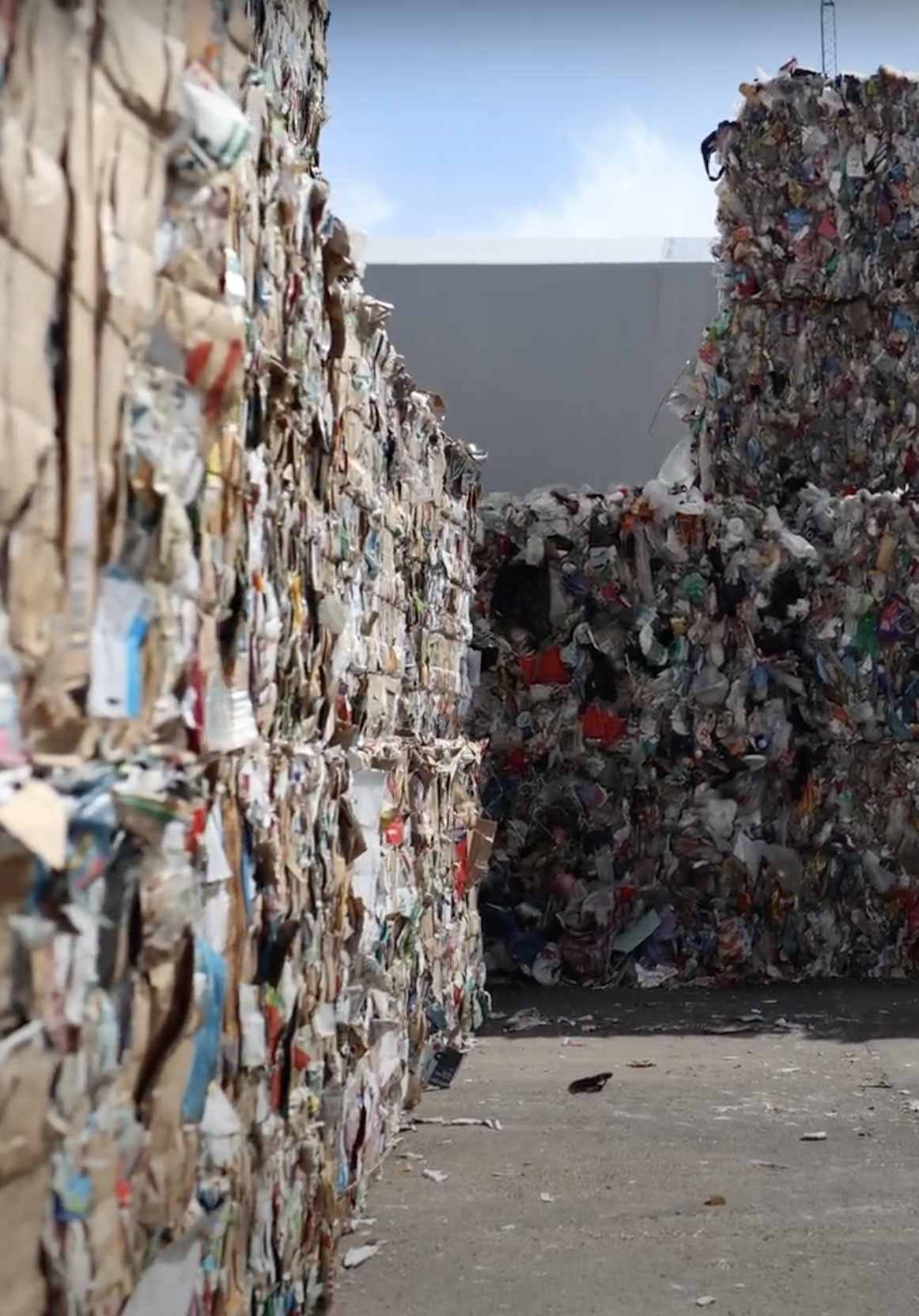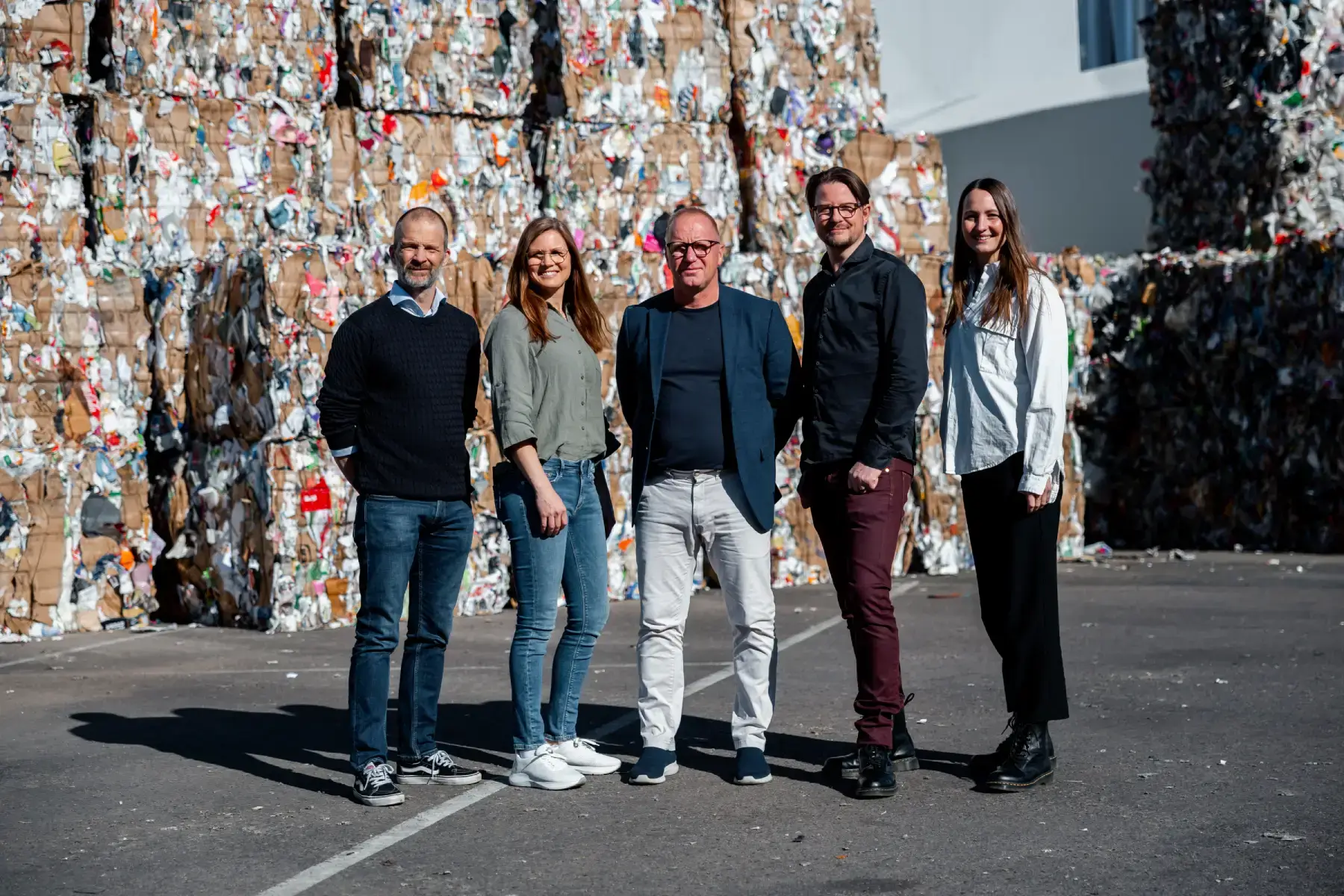Corporate Responsibility and Recycling Initiatives
Plastic Recycling (Återvinning) is a crucial facet of environmental sustainability, looking to mitigate the intensive environmental affect of plastic waste. Despite their value, recycling plastics provide different problems and involves progressive methods to successfully manage these materials.

Difficulties of Recycling Plastics One of many principal difficulties in plastic recycling is based on the range of plastic types. Plastics are categorized by resin identification limitations (RICs), ranging from PET (Polyethylene Terephthalate) to PVC (Polyvinyl Chloride), each requesting various recycling processes. That diversity complicates the working and handling of plastics, making it expensive and resource-intensive. Contamination is another significant challenge. Food deposit, mixed components, and non-recyclable materials may contaminate steps, lowering the grade of recycled plastic and restraining its usability. Additionally, consumer frustration by what materials are recyclable leads to improper removal, further exacerbating contamination issues. Technological and Architectural Solutions Progressive technologies are emerging to deal with these challenges. Advanced sorting technologies, such as near-infrared spectroscopy and robotics, enhance the effectiveness and accuracy of plastic organizing, lowering human error and contamination risks. Moreover, developments in substance recycling provide encouraging alternatives for hard-to-recycle pockets by breaking them down to their substance components for reuse. Architectural options involve improving collection techniques and recycling infrastructure. Employing standardized recycling brands and academic campaigns might help clarify recycling recommendations for consumers, reducing contamination and raising recycling rates. Localized recycling services and relationships between industries and municipalities also enjoy a crucial role in optimizing plastic recycling processes. Environmental Influence and Future Instructions Powerful plastic recycling contributes significantly to environmental conservation by lowering landfill spend and reducing the extraction of organic materials. By adding recycled materials in to production functions, industries may decrease their carbon presence and promote a circular economy where resources are reused as opposed to discarded.

Excited, extended research into sustainable components and systems is essential. Innovations in biodegradable parts and closed-loop recycling methods maintain assurance for further reducing the environmental impact of plastic creation and disposal. In conclusion, while plastic recycling encounters problems, constant improvements in technology, infrastructure, and public understanding are paving just how for a far more sustainable future. By addressing these challenges collectively, stakeholders can foster a circular economy where plastics are effortlessly recycled, adding to environmental health and reference conservation on a global scale.